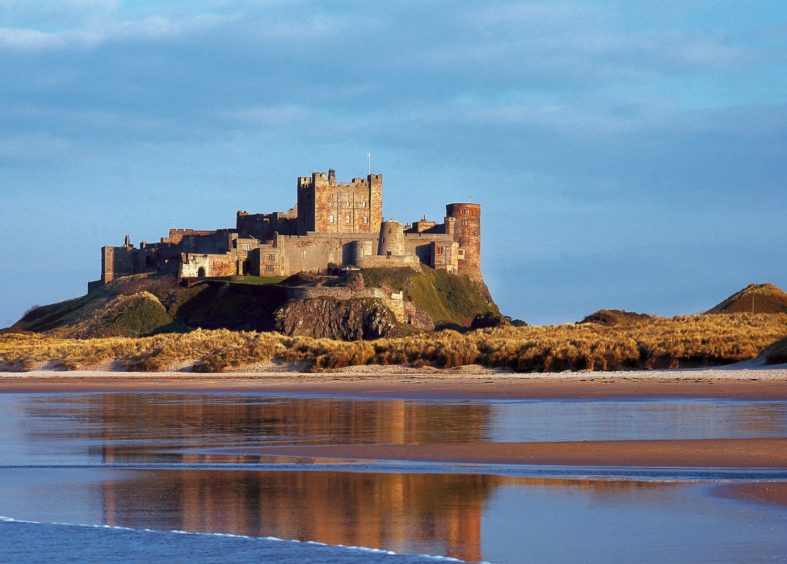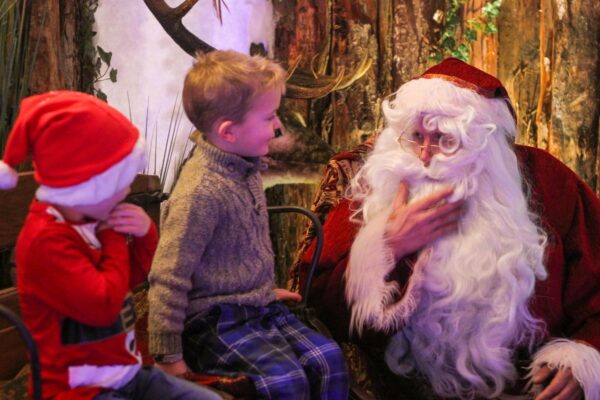Dig unearths roundhouse at Bamburgh Castle

A chance excavation by archaeologists winding up a summer dig at Bamburgh Castle has unearthed a rare roundhouse which could change the course of history at the landmark Northumberland fortress.
Volunteers at The Bamburgh Research Project were finishing their annual field project at the castle, when a last-minute decision to excavate a further few inches of soil revealed the foundations of a ‘substantial’ roundhouse, around 12m in diameter.
The position of the rubble foundations in the archaeological layers leads the excavators to believe the original structure could be over 2000 years old and date back to Roman occupation of Britain, holding vital clues between the transition from the Roman period to Anglo Saxon England.
Graeme Young is director of The Bamburgh Research Project. He said: “It’s a remarkable find and one of the most important archaeological discoveries to be made here at Bamburgh Castle since excavations began in the 1960s. It was sheer chance that we decided to dig that little bit further in the final days of digging here at the castle, otherwise we would have missed it.
“There’s a good chance that the foundations date back to the Romano British period when Britain was under Roman occupation. Bamburgh would more than likely have been within a military zone north of Hadrian’s Wall, where client chieftains were paid off by the Romans to keep the peace and control the natives.”
Once the royal capital of Northumbria, the largest and most powerful kingdom in the British Isles in the 7th century and home to the Anglo Saxon kings, Bamburgh’s earliest recorded history began in AD 547, when the first timbers of a fortified wooden stockade were laid.
But there are gaps in history about who lived at this famous coastal site before the Anglo Saxon kings, which The Bamburgh Research Project is excited this new discovery could help reveal.
Said Graeme: “While we have a good understanding about Anglo Saxon life at the ruling capital of Bamburgh, there are many theories surrounding the Roman period up to the life of the early medieval kings. Everyone expects continuity, and this discovery has the potential to give us fascinating evidence and flesh on the very bare skeleton about the continual occupation of Bamburgh, where generation after generation have lived for thousands of years.”
“Bamburgh is such an important archaeological site that goes back at least 3000 years to pre-Roman occupation. We know very little about the pre-historic period, there are no written records. We have the names of kings from the 7th century but when you go back earlier to the transformation between the Romans to Anglo Saxon England it’s not well known at all. “This find is probably at the beginning of that phase which is very exciting and gives us a window that is effectively prehistoric to explore.”
He added: “To find a roundhouse in the north with such a well-preserved sequence of floor surfaces is very rare, but what is exciting is that it may help us fill the missing jigsaw pieces of continuity in Bamburgh’s history, which is one of the most historically rich archaeological sites in the UK.”
Bamburgh Castle is privately owned and run by the Armstrong family who are funding further archaeological investigations for The Bamburgh Research Project to complete at the roundhouse site over the coming weeks including sampling, carbon testing and analysis of the data discovered.
Francis Watson Armstrong, owner of Bamburgh Castle said: “What an amazing find to have uncovered here at Bamburgh Castle. It is incredibly exciting that The Bamburgh Research Project have discovered such a vital connecting clue in Bamburgh’s past, that will, we hope, help reveal more about the astonishing and absolutely unique history here at Bamburgh.”
You can view The Bamburgh Research Project’s archaeology site including the roundhouse foundation in the castle’s West Ward.



